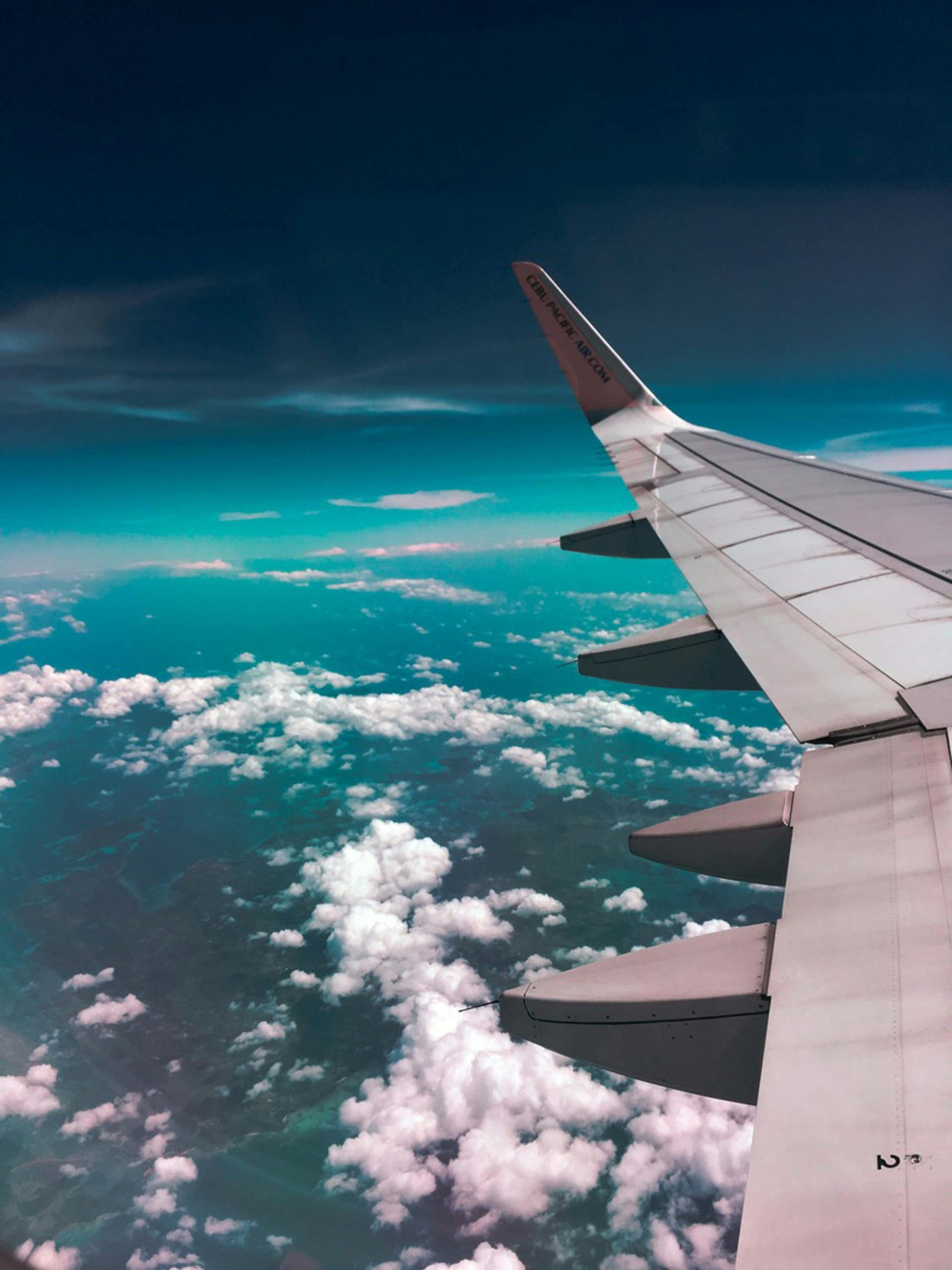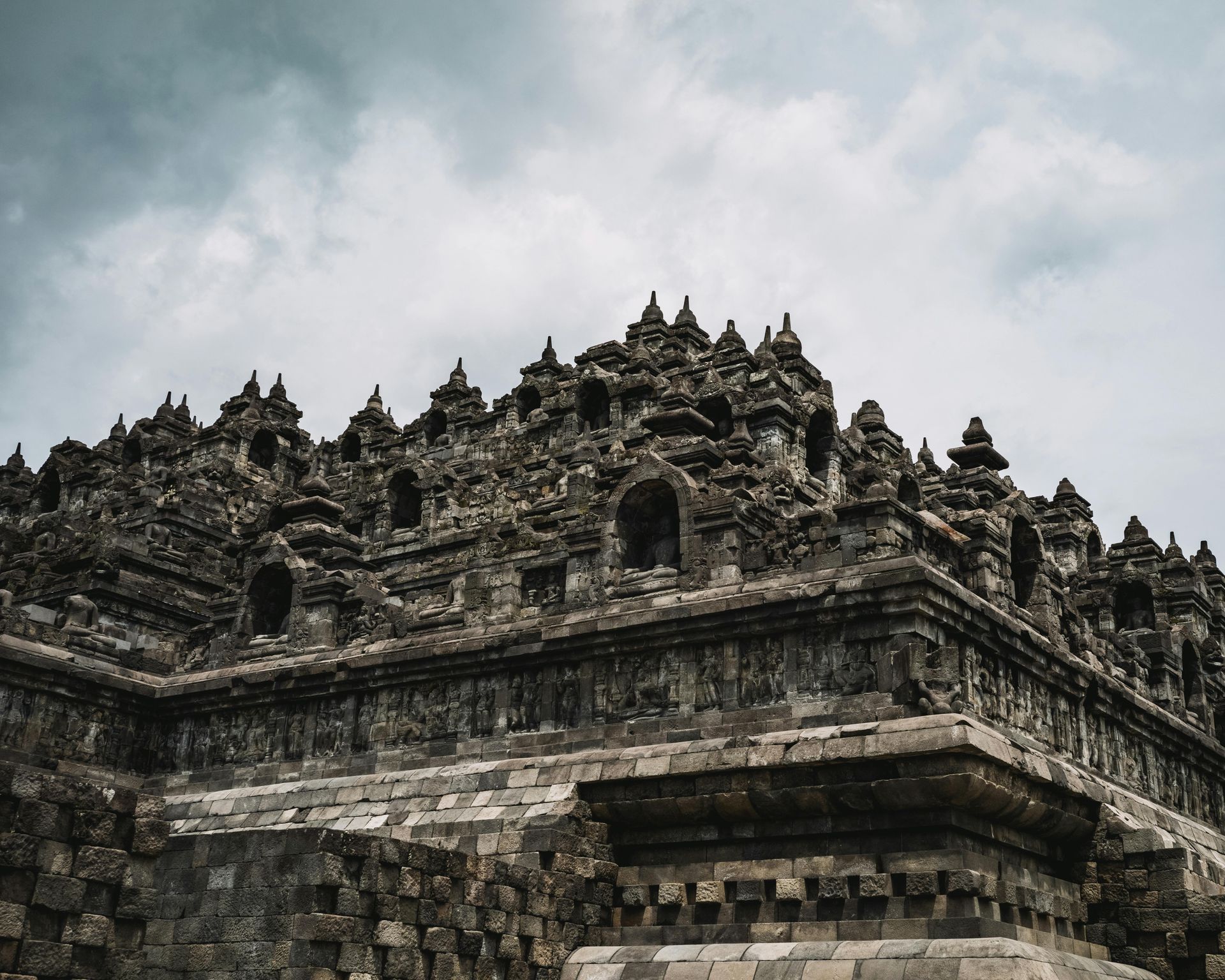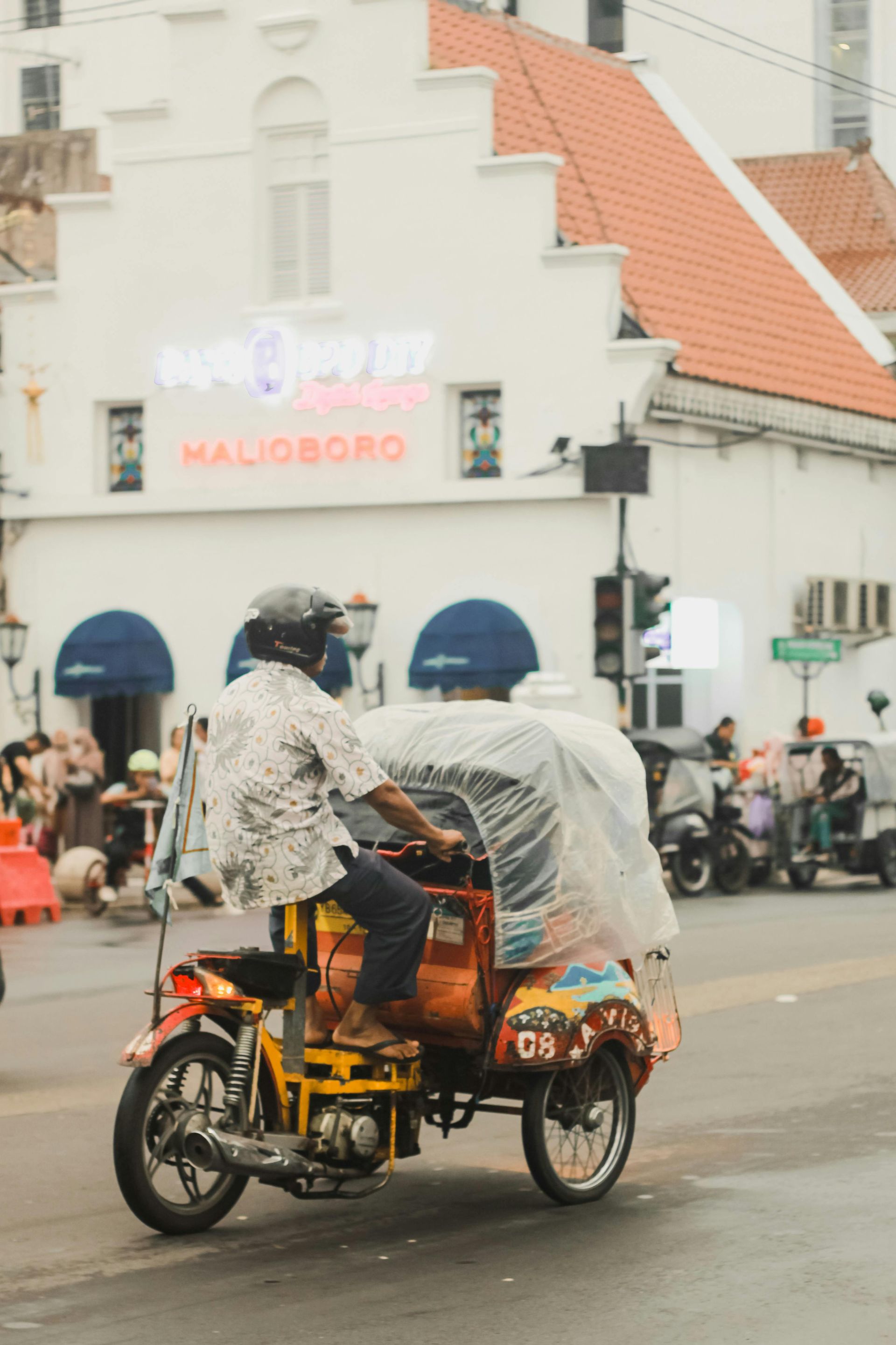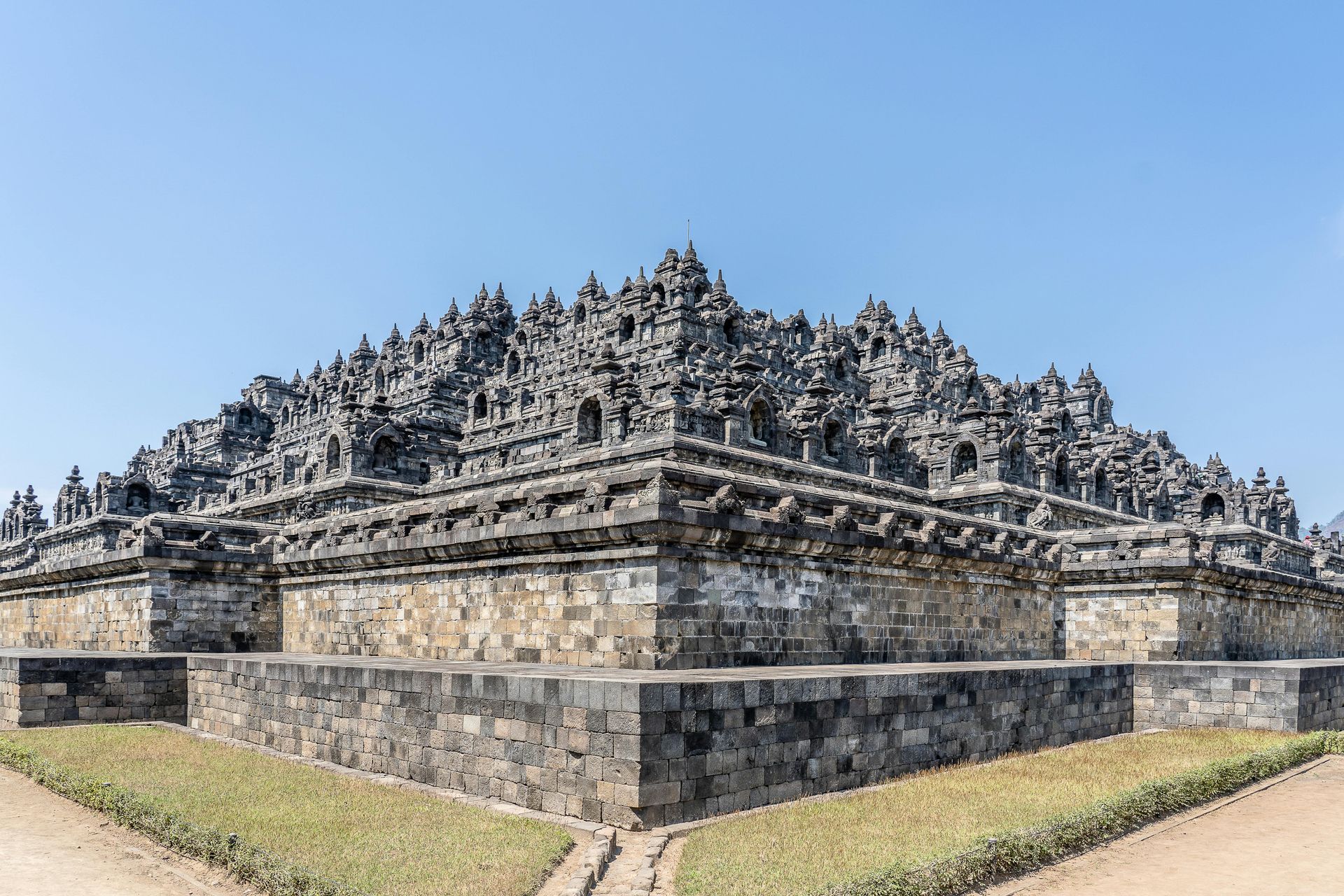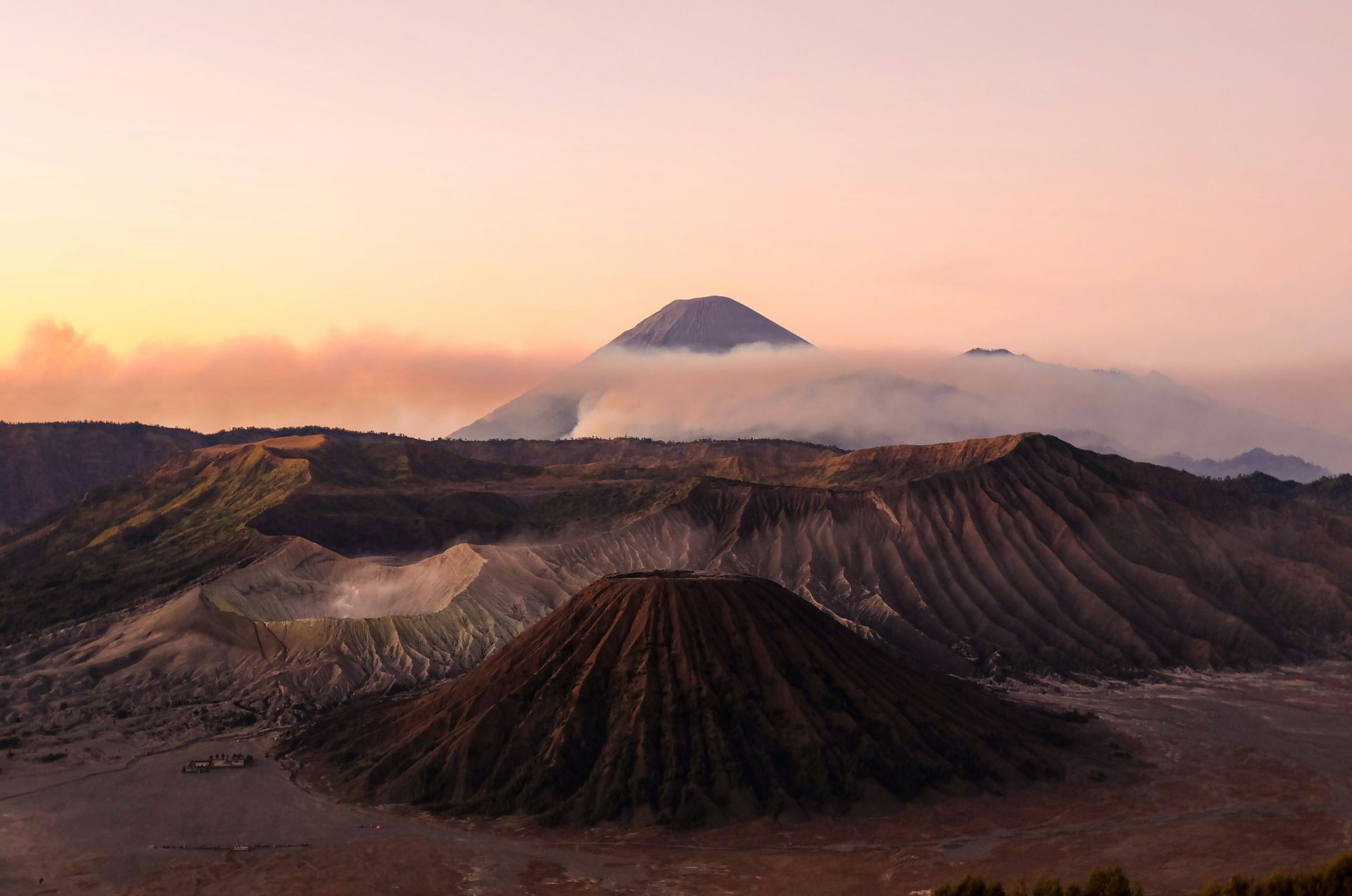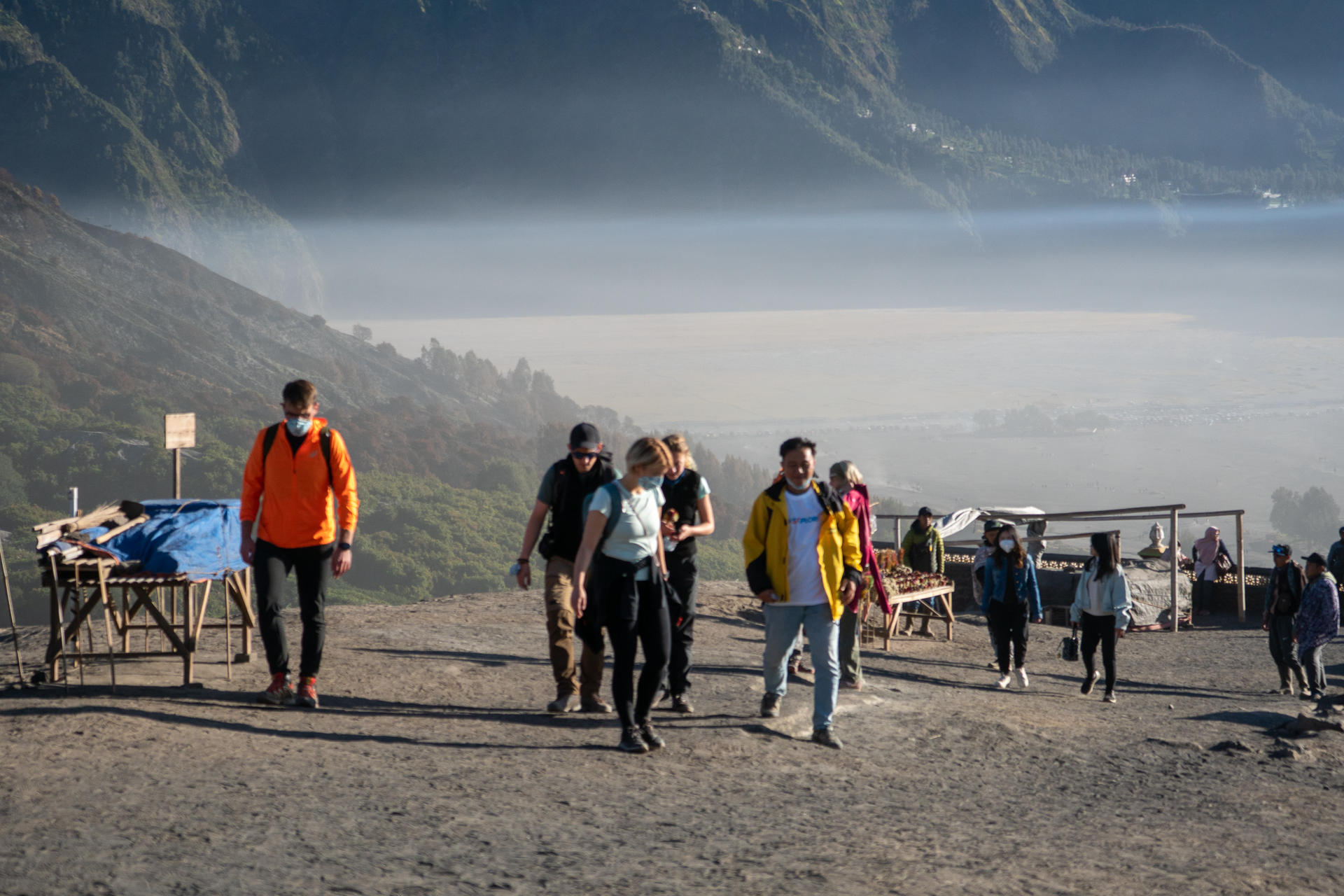The Best Time to Visit Mount Bromo and Ijen for Stunning Views
Mount Bromo and Ijen Crater are two of Indonesia’s most breathtaking natural wonders, attracting thousands of visitors each year. These volcanic landscapes, located in East Java, offer surreal views, unforgettable sunrises, and thrilling hiking adventures. However, choosing the best time to visit is crucial to experiencing the most spectacular scenery and avoiding unpredictable weather conditions.
In this guide, we’ll discuss the ideal season, weather conditions, and essential travel tips to help you plan a memorable trip to Mount Bromo and Ijen.
For a hassle-free tour experience, visit YKExplore, which provides expert-guided trips to these iconic destinations.
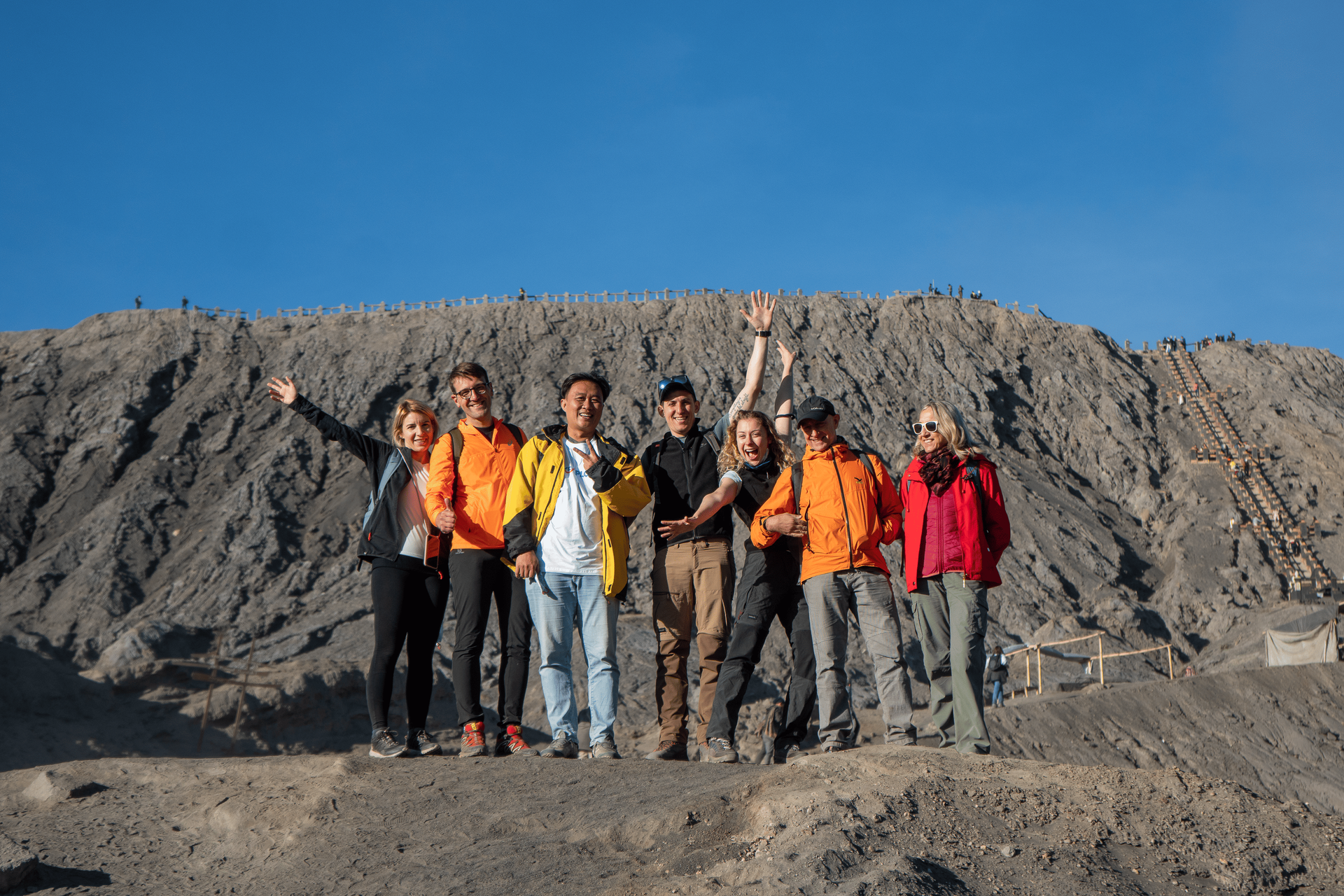
1. Understanding the Climate of Mount Bromo and Ijen
Tropical Climate and Two Seasons
East Java experiences a tropical climate, which means there are only two seasons: the dry season and the rainy season. The weather and visibility can vary greatly between these seasons, impacting your overall experience.
- Dry Season (April to October) – Best time for clear skies, stunning sunrises, and comfortable hikes.
- Rainy Season (November to March) – Less crowded, but frequent rain and cloud cover can obstruct views.
2. Best Time to Visit for Stunning Views
Dry Season (April to October): The Ideal Time
The dry season is considered the best time to visit Mount Bromo and Ijen due to the clear weather, comfortable temperatures, and breathtaking sunrises.
Why Visit During the Dry Season?
- Better Sunrise Visibility – Minimal cloud cover allows for unobstructed views of Mount Bromo, Mount Semeru, and the famous Ijen Blue Fire.
- Safer Hiking Conditions – Dry trails make the trek to both volcanoes more manageable and less slippery.
- Lower Humidity – Comfortable temperatures make exploring easier, especially for sunrise hikes.
If you’re planning your trip, it’s best to visit between June and September for the most consistent weather and stunning landscapes.
Rainy Season (November to March): What to Expect
While the rainy season offers fewer crowds, it comes with challenges such as heavy rain, fog, and limited visibility.
Downsides of Visiting During the Rainy Season
- Frequent Rain – The trails become muddy and slippery, making hikes more difficult.
- Cloudy Skies – Sunrises at Mount Bromo and Ijen can be obstructed by thick fog and cloud cover.
- Unpredictable Weather – Some trails may be closed due to safety concerns.
However, if you don’t mind a bit of rain and prefer a quieter travel experience, visiting during this period can still be enjoyable.
3. Best Months for Specific Experiences
For the Best Sunrise Views (June to September)
If your main goal is to witness the breathtaking sunrise at Mount Bromo or the ethereal Blue Fire at Ijen, visit during the peak dry season (June to September).
During these months, the skies are clearer, offering unparalleled panoramic views of East Java’s volcanic landscapes.
For a Less Crowded Experience (March to May, October to November)
If you want to avoid peak crowds but still enjoy decent weather, consider visiting during the shoulder months of March to May or October to November. These months offer a balance between fewer tourists and relatively good visibility.
For the Best Blue Fire Experience (April to October)
The Kawah Ijen Blue Fire, a rare natural phenomenon, is best seen in dry weather conditions. The lack of rain ensures better visibility and safer trekking conditions at night.
4. What to Expect in Each Season
Dry Season (April – October)
- Temperature: 5°C – 15°C at night, 15°C – 25°C during the day.
- Rainfall: Minimal, ensuring dry trails and clear views.
- Best For: Photography, sunrise views, and smooth trekking.
Rainy Season (November – March)
- Temperature: Slightly warmer, but still cool at high altitudes.
- Rainfall: Frequent, leading to misty and cloudy conditions.
- Best For: A quieter, more intimate travel experience.
5. Essential Travel Tips for Visiting Mount Bromo and Ijen
1. Plan Your Trip Around the Weather Forecast
Check the weather forecast before your trip to ensure the best experience. Avoid visiting during heavy monsoon rains for a safer and more enjoyable adventure.
2. Dress in Layers
The temperature at Mount Bromo and Ijen drops significantly at night, especially before sunrise. Bring:
- Warm jackets, gloves, and hats for the early morning chill.
- Comfortable hiking shoes for better grip on rocky and sandy trails.
3. Start Your Trek Early
- Mount Bromo Sunrise: Tours usually begin around 3:00 AM to catch the sunrise at Penanjakan Viewpoint.
- Ijen Crater Blue Fire: The best time to see the Blue Fire is between midnight and 3:00 AM, so hikes start around 1:00 AM.
4. Hire a Local Guide for a Better Experience
Both Mount Bromo and Ijen offer unique landscapes and challenging hikes. Booking a tour with YKExplore ensures:
- Expert guidance for a seamless adventure.
- Well-planned itineraries that maximize your experience.
- Safe trekking routes with knowledgeable local guides.
5. Pack Smart
- Face Mask or Scarf – Essential for protection against volcanic dust at Mount Bromo and sulfur gases at Ijen.
- Headlamp or Flashlight – Required for pre-dawn treks.
- Snacks and Water – Bring enough supplies as there are limited shops in remote areas.
For more practical travel tips, check out this detailed guide to exploring Indonesia’s best volcanoes.
Final Thoughts
Mount Bromo and Ijen are two of Indonesia’s most spectacular volcanic attractions, offering once-in-a-lifetime adventures for travelers. The best time to visit depends on your preferences, but for stunning sunrise views and comfortable trekking conditions, the dry season (April to October) is ideal.
By planning your trip wisely and preparing for the weather, you can experience the breathtaking beauty of East Java at its best.
For a stress-free and well-organized tour, check out YKExplore for expert-guided trips to Mount Bromo and Ijen.















